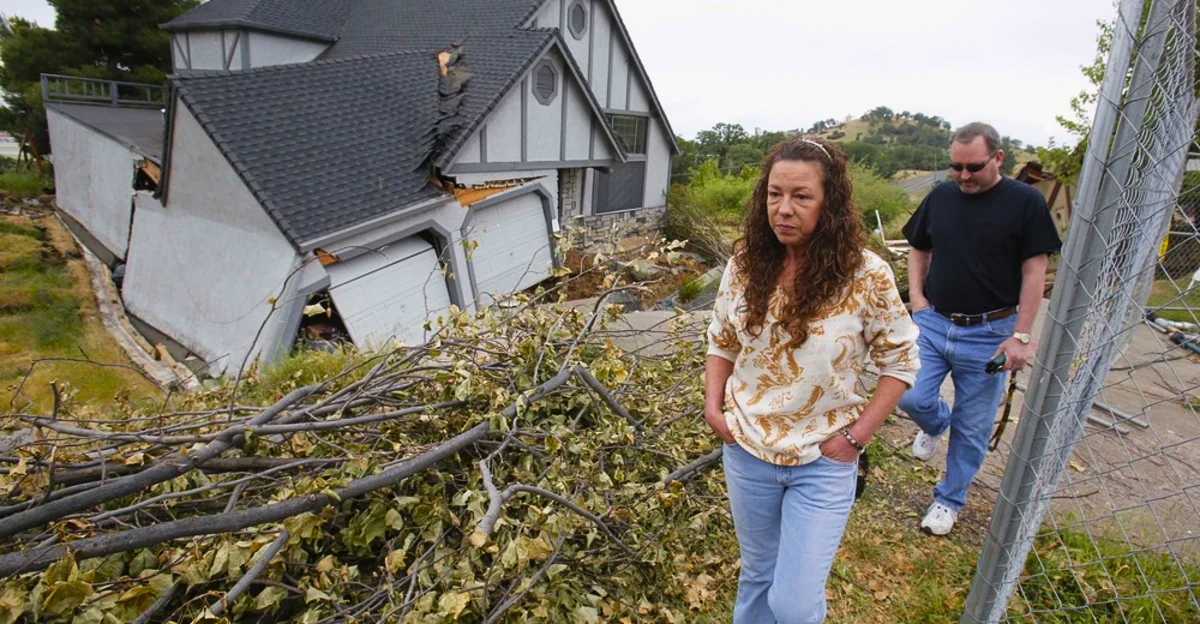
Parts of California’s coastline, particularly around Los Angeles and San Francisco, are experiencing serious land subsidence, which can become a major threat in a rising sea-level landscape. A new study conducted by scientists from NASA and the National Oceanic and Atmospheric Administration (NOAA) has revealed that sinking could also increase local sea levels, more than doubling previous estimates. This article summarizes the findings of this study and its implications for California’s coastal communities.
Understanding Land Subsidence

Land subsidence refers to the gradual sinking of the Earth’s surface due to various factors, including natural processes and human activities. In California, areas such as San Rafael and Foster City in the San Francisco Bay Area are sinking at rates of more than 0.4 inches (10 millimeters) per year. This is particularly problematic as it amplifies the effects of sea-level rise caused by climate change.
Implications for Sea-Level Rise
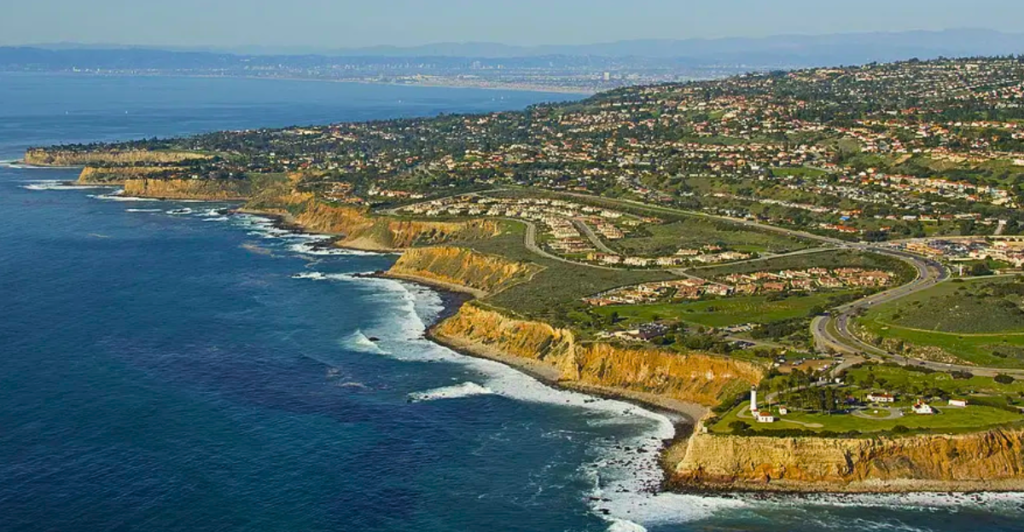
The study indicates that local sea levels in the sinking hotspots are expected to rise by over 17 inches (45 centimeters) in some areas over the next 25 years. This figure greatly exceeds a previous regional average estimate of 7.4 in (19 cm). The combination of sinking land and rising seas puts these areas at increased risk for coastal flooding.
Sinking Areas in Los Angeles
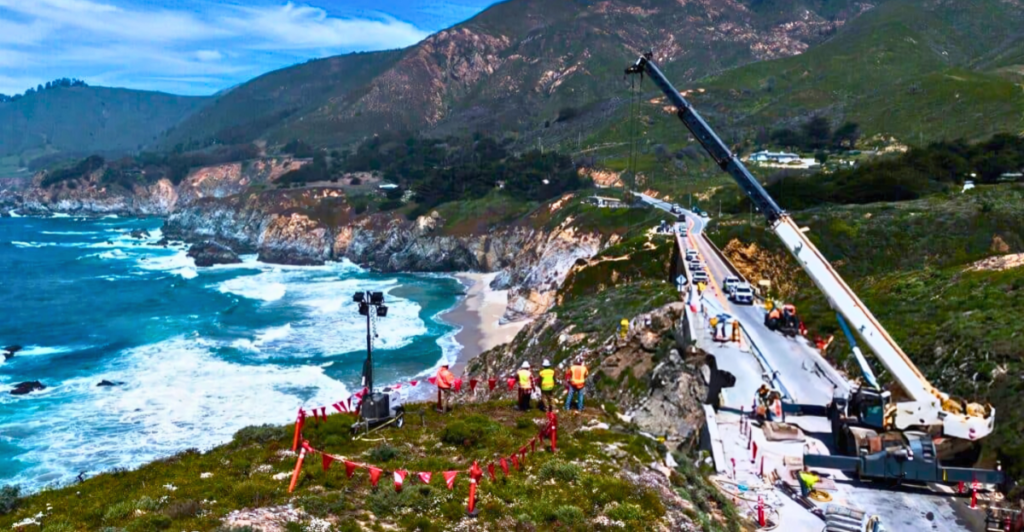
Other reclaimed areas, such as Newport Beach, near Los Angeles, are also experiencing subsidence. These regions are sinking, which the study estimates could add another 6 inches (15 centimeters) to a projected sea-level rise of 6.7 inches (17 centimeters) by 2050. Such increases could be disastrous for infrastructure and local ecosystems.
The Role of Land Motion
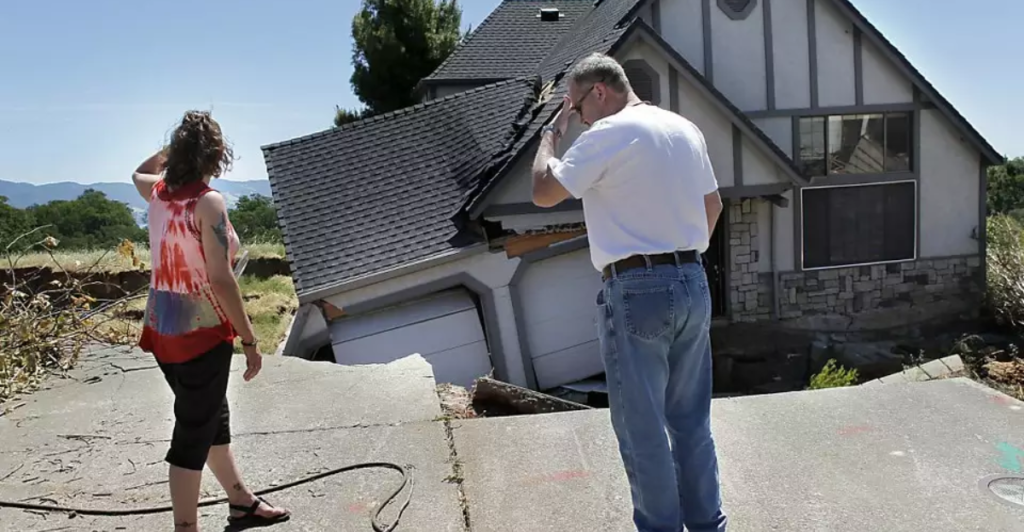
In many parts of the world, including reclaimed land below San Francisco, the ground is falling faster than the sea is rising, warned Marin Govorcin, the study’s lead author. Govorcin is a remote sensing scientist with NASA’s Jet Propulsion Laboratory. This vertical land motion is crucial for understanding future flood risks along coastlines.
Causes of Vertical Land Motion
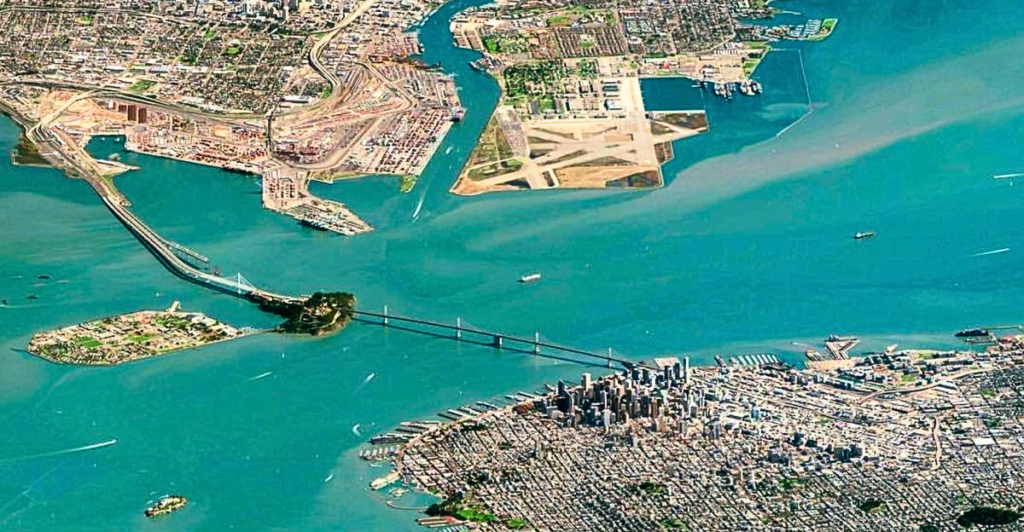
The study identifies several drivers of vertical land motion, including tectonic activity and human impacts such as groundwater extraction. Groundwater pumping has been especially aggressive in places like California’s Central Valley, where some regions are sinking by up to 8 inches (20 centimeters) a year as drought takes hold.
Coastal Vulnerability

Even small rates of subsidence can greatly increase coastal vulnerability. As the ground starts to sink, coastal zones become more vulnerable to being struck by waves, and this may cause saltwater intrusion into freshwater aquifers, resulting in a more significant challenge to water resource management.
Predicting Future Sea Levels

By incorporating data from satellite radar collected by the European Space Agency and motion velocity information from global navigation satellites, the researchers created a clearer picture of how vertical land motion influences local sea levels. Their findings suggest that existing estimates of sea-level rise may significantly underestimate future risks.
The Impact on Urban Areas

California’s urban centers are not alone in facing these challenges. Other major cities, such as Chicago and New York City, are also experiencing similar issues related to ground settling and shifting to their infrastructure’s weight. This highlights a broader trend that is impacting many coastal cities around the world.
Possible Economic Implications
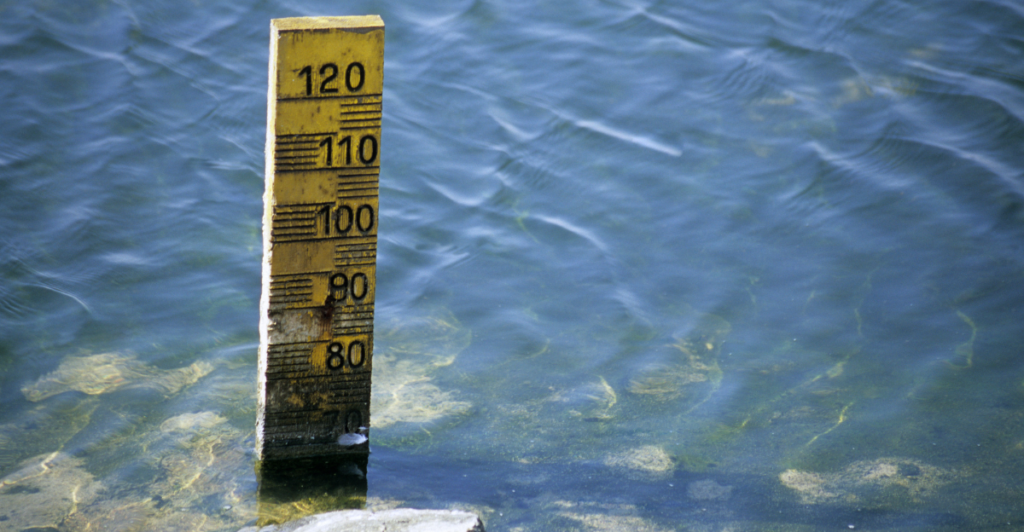
The rise of the seas has important economic implications. According to previous assessments, a rise of just 20 inches would cause more than $17.9 billion in damages to buildings along California’s coast. This potential for economic loss highlights the need for effective planning and adaptation strategies.
Landslides and Erosion
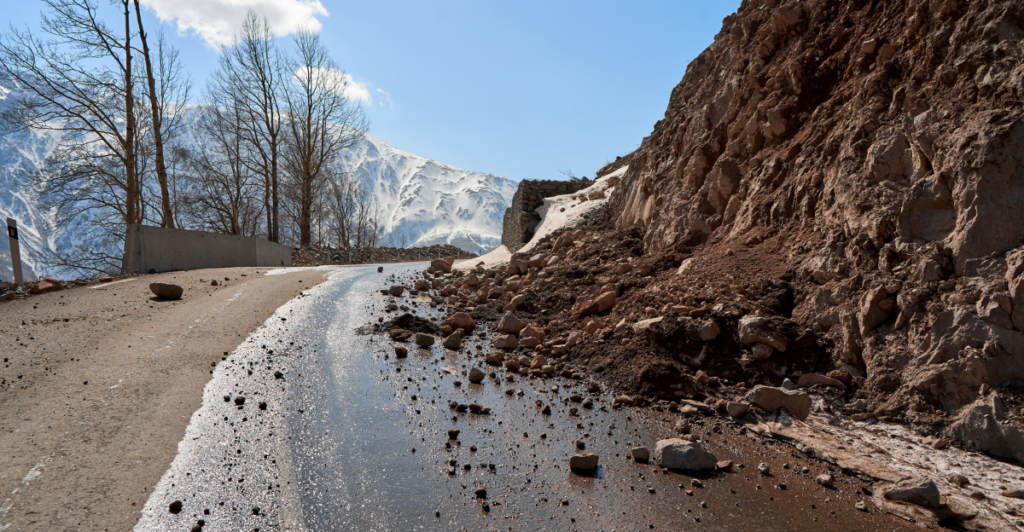
In addition to subsidence, some regions, such as the Palos Verdes Peninsula, are dealing with slow-moving landslides that have become more exacerbated in recent years due to heavy rains. These geological shifts can pose immediate threats to life and infrastructure, making monitoring essential.
Importance of Updated Research

The findings from this NASA-led study will be instrumental in informing updated guidance on future sea-level rise for California. Understanding both rising seas and sinking land is crucial to devising effective plans to protect vulnerable communities along the coast.
Safeguarding Coastal Regions
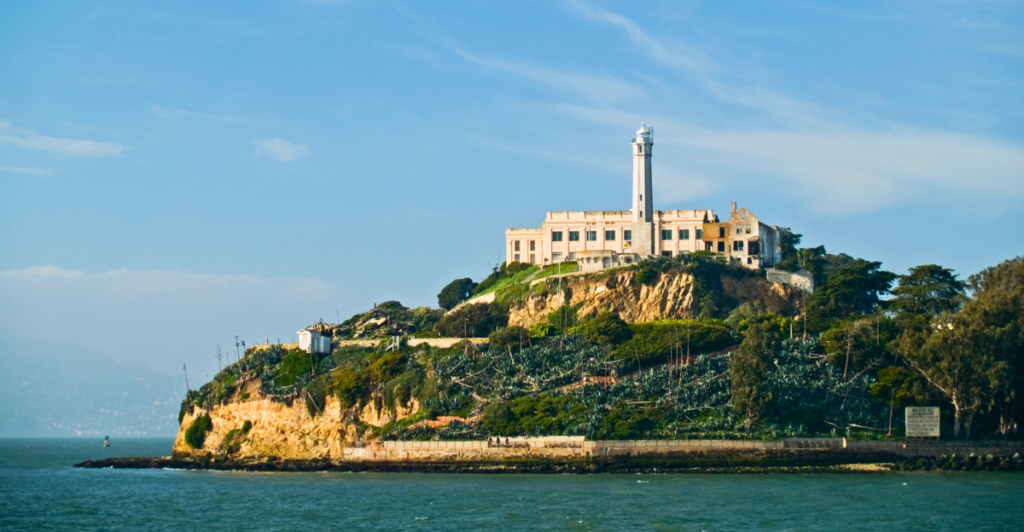
As California grapples with the dual threats of rising sea levels and land subsidence, it becomes increasingly clear that comprehensive research is essential for safeguarding its coastal regions. The implications of these findings extend beyond California, and they should serve as a warning to coastal communities across the globe that are at risk of facing threats from climate change.
Explore more of our trending stories and hit Follow to keep them coming to your feed!

Don’t miss out on more stories like this! Hit the Follow button at the top of this article to stay updated with the latest news. Share your thoughts in the comments—we’d love to hear from you!







